Revealing both sides of the story in a single experiment has been a grand scientific challenge
Tag: Nuclear Physics
Discovery about the edge of fusion plasma could help realize fusion power
A major roadblock to producing safe, clean and abundant fusion energy on Earth is the lack of detailed understanding of how the hot, charged plasma gas that fuels fusion reactions behaves at the edge of fusion facilities called “tokamaks.” Recent…
Going nuclear on the moon and Mars
It might sound like science fiction, but scientists are preparing to build colonies on the moon and, eventually, Mars. With NASA planning its next human mission to the moon in 2024, researchers are looking for options to power settlements on…
Going nuclear on the moon and Mars
It might sound like science fiction, but scientists are preparing to build colonies on the moon and, eventually, Mars. With NASA planning its next human mission to the moon in 2024, researchers are looking for options to power settlements on…
Topological waves may help in understanding plasma systems
PROVIDENCE, R.I. [Brown University] — Nearly 50 years ago, Brown University physicist Michael Kosterlitz and his colleagues used the mathematics of topology — the study of how objects can be deformed by stretching or twisting but not tearing or breaking…
Topological waves may help in understanding plasma systems
PROVIDENCE, R.I. [Brown University] — Nearly 50 years ago, Brown University physicist Michael Kosterlitz and his colleagues used the mathematics of topology — the study of how objects can be deformed by stretching or twisting but not tearing or breaking…
Developing microbeam radiation therapy (MRT) for inoperable cancer
SASKATOON – An innovative radiation treatment that could one day be a valuable addition to conventional radiation therapy for inoperable brain and spinal tumors is a step closer, thanks to new research led by University of Saskatchewan (USask) researchers at…
Developing microbeam radiation therapy (MRT) for inoperable cancer
SASKATOON – An innovative radiation treatment that could one day be a valuable addition to conventional radiation therapy for inoperable brain and spinal tumors is a step closer, thanks to new research led by University of Saskatchewan (USask) researchers at…
Filming quantic measurement for the first time
The results show that it is not an instant process
Study suggests polymer composite could serve as lighter, non-toxic radiation shielding
A new study from researchers at North Carolina State University suggests that a material consisting of a polymer compound embedded with bismuth trioxide particles holds tremendous potential for replacing conventional radiation shielding materials, such as lead. The bismuth trioxide compound…
Study suggests polymer composite could serve as lighter, non-toxic radiation shielding
A new study from researchers at North Carolina State University suggests that a material consisting of a polymer compound embedded with bismuth trioxide particles holds tremendous potential for replacing conventional radiation shielding materials, such as lead. The bismuth trioxide compound…
New simple method for measuring the state of lithium-ion batteries
Mainz-based researchers present new technique for measuring the charge state, defects, and capacity losses of rechargeable batteries using atomic magnetometry
Quantum jump tipping the balance
Measuring tiny differences in mass between different quantum states provides new insights into heavy atoms
New simple method for measuring the state of lithium-ion batteries
Mainz-based researchers present new technique for measuring the charge state, defects, and capacity losses of rechargeable batteries using atomic magnetometry
Quantum jump tipping the balance
Measuring tiny differences in mass between different quantum states provides new insights into heavy atoms
Study reveals single-step strategy for recycling used nuclear fuel
The method developed Texas A&M researchers could help reduce nuclear waste
Study reveals single-step strategy for recycling used nuclear fuel
The method developed Texas A&M researchers could help reduce nuclear waste
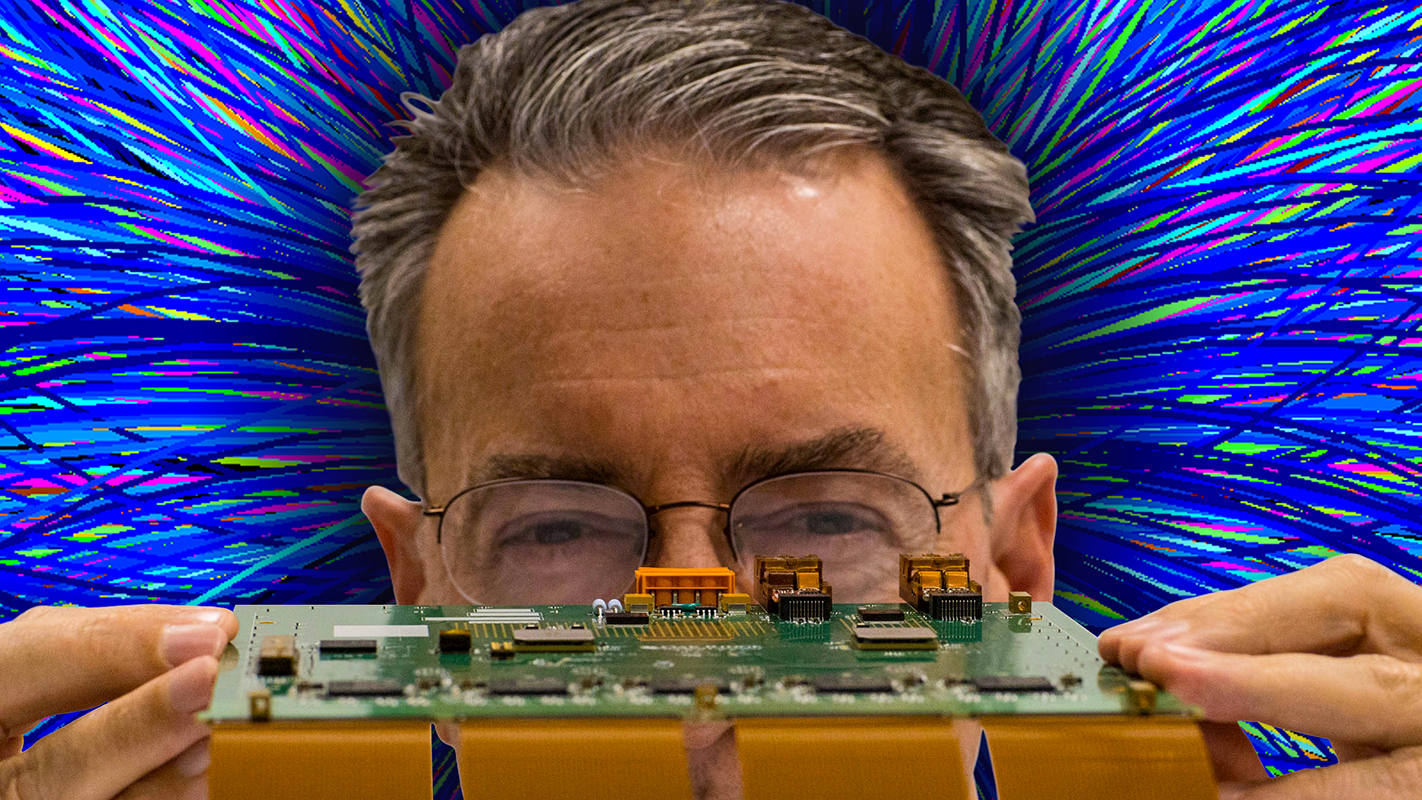
Major upgrades of particle detectors and electronics prepare CERN experiment to stream a data tsunami
For an experiment that will generate big data at unprecedented rates, physicists led design, development, mass production and delivery of an upgrade of novel particle detectors and state-of-the art electronics.
Are salt deposits a solution for nuclear waste disposal?
Around the world, there are pools of water filled with nuclear waste waiting for their final resting place. This is waste that was created from decades of nuclear power generation, and the waste must be handled carefully. In the United…
Making a ‘strange’ discovery
UH physics team awarded $2.3 million to search for elusive matter
Are salt deposits a solution for nuclear waste disposal?
Around the world, there are pools of water filled with nuclear waste waiting for their final resting place. This is waste that was created from decades of nuclear power generation, and the waste must be handled carefully. In the United…
Making a ‘strange’ discovery
UH physics team awarded $2.3 million to search for elusive matter
New findings suggest laws of nature not as constant as previously thought
Those looking forward to a day when science’s Grand Unifying Theory of Everything could be worn on a t-shirt may have to wait a little longer as astrophysicists continue to find hints that one of the cosmological constants is not…
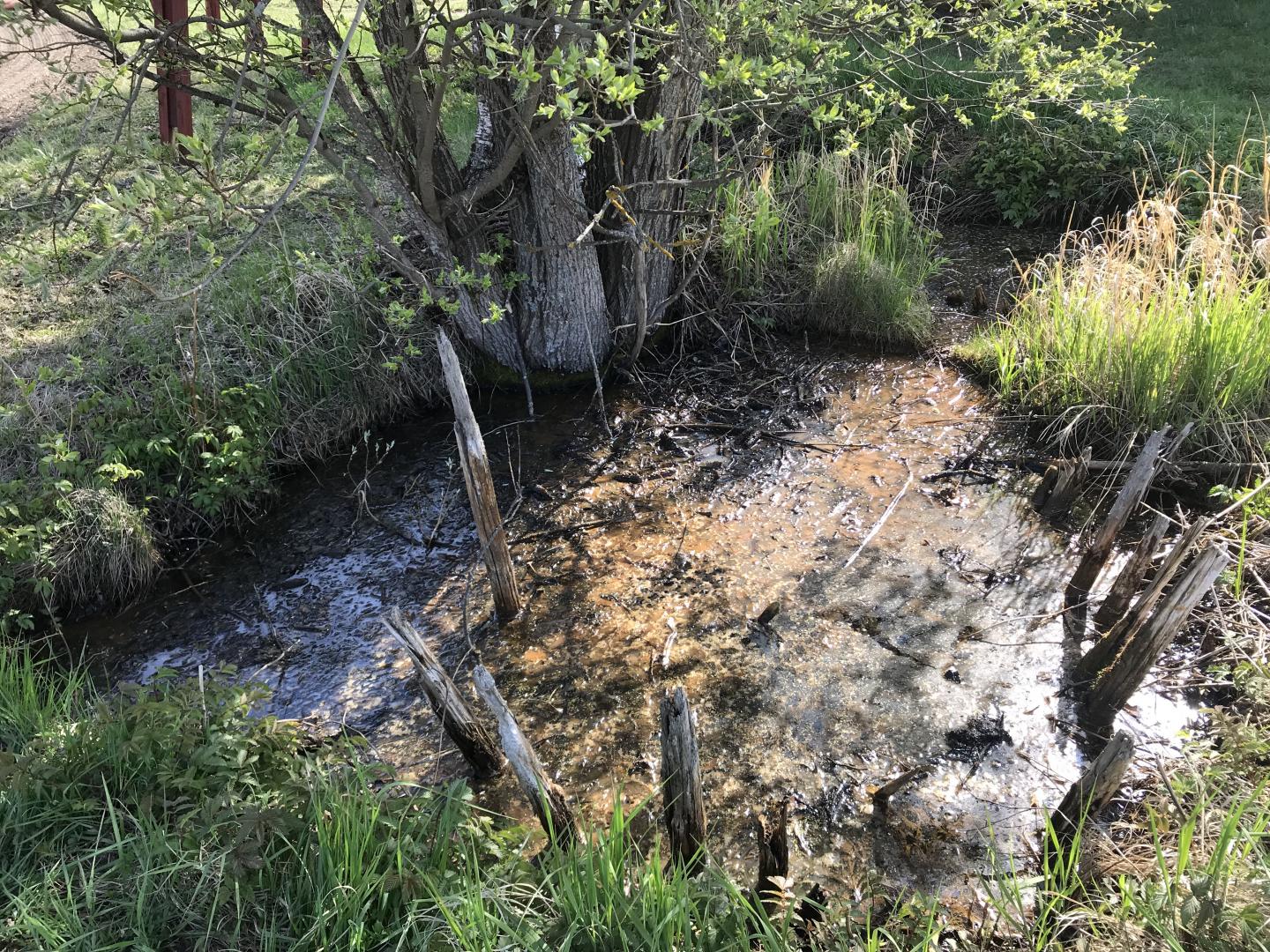
Diverse livelihoods helped resilient Levänluhta people survive a climate disaster
A multidisciplinary research group coordinated by the University of Helsinki dated the bones of dozens of Iron Age residents of the Levänluhta site in Finland, and studied the carbon and nitrogen stable isotope ratios.
Diverse livelihoods helped resilient Levänluhta people survive a climate disaster
A multidisciplinary research group coordinated by the University of Helsinki dated the bones of dozens of Iron Age residents of the Levänluhta site in Finland, and studied the carbon and nitrogen stable isotope ratios. The results provide an overview of…
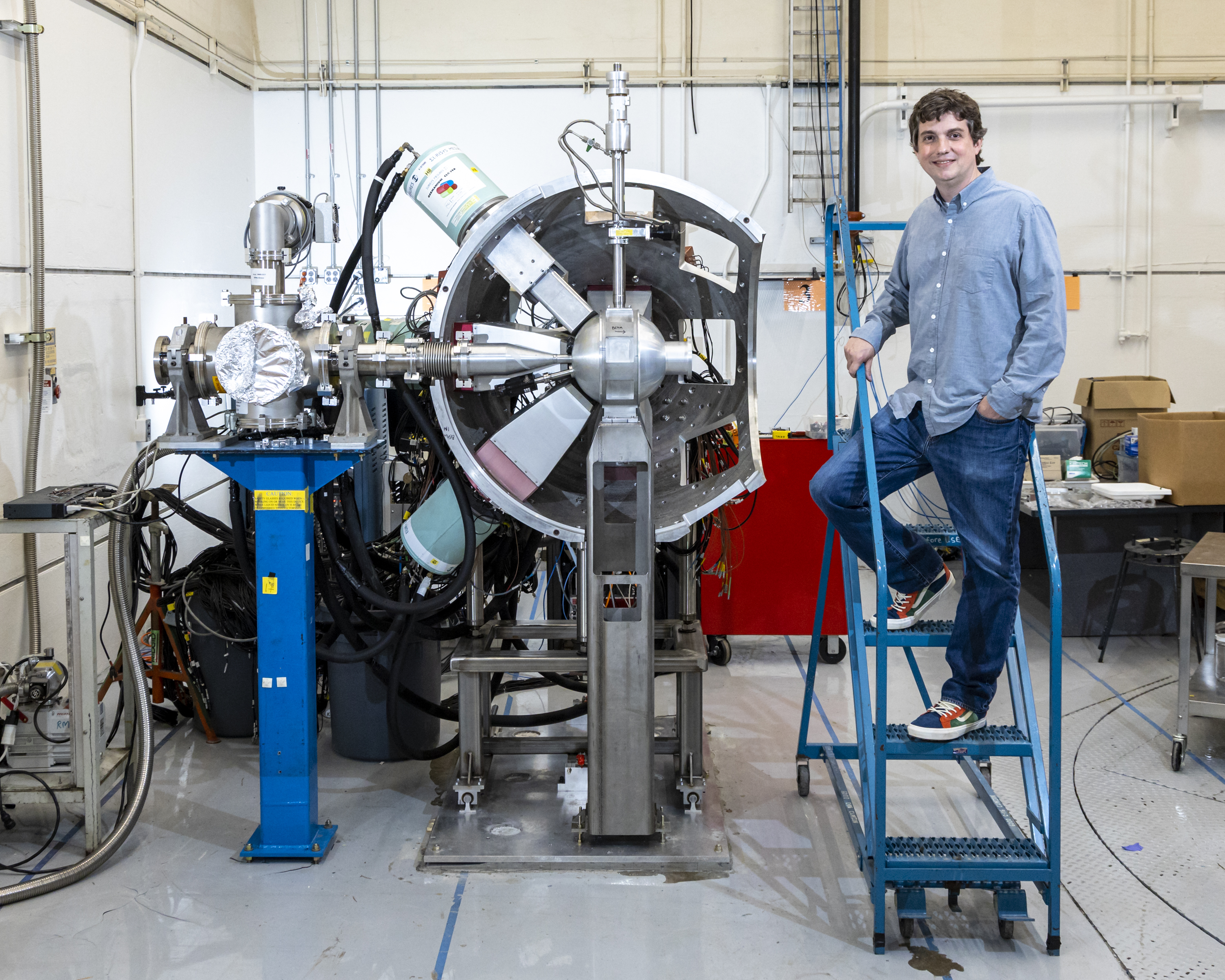
Mitch Allmond: Shaping a better fundamental understanding of matter
Profiled is Mitch Allmond of Oak Ridge National Laboratory, who conducts experiments and uses theoretical models to advance our understanding of the structure of atomic nuclei.
Supercomputers and Archimedes’ law enable calculating nanobubble diffusion in nuclear fuel
Researchers from the Moscow Institute of Physics and Technology have proposed a method that speeds up the calculation of nanobubble diffusion in solid materials. This method makes it possible to create significantly more accurate fuel models for nuclear power plants.…
Cosmic Understanding from Miniscule Particles
To understand how elements heavier than iron formed, scientists are running particle physics experiments and astrophysical computing models that complement each other. They collaborate to find the distinctive signatures of heavy elements.

Kat Royston: Finding excitement in nuclear physics
As a teenager, Kat Royston discovered that physics could give her answers to her questions about the ways the world works. Now, as a researcher in ORNL’s Reactor and Nuclear Systems Division, she works on unraveling the mysteries of fission and fusion around the world – including research for the ITER and JET fusion experiments.
Particle billiards with three players
Frankfurt researchers solve puzzle of Compton scattering — new approach for testing theories in quantum mechanics
Belle II yields first results in search of the Z’ boson
The Belle II experiment started about one year ago. Physical Review Letters has now published the initial results of the detector. The work deals with a new particle in the context of dark matter, which accounts for about 25 percent of the universe.
Cold War nuclear bomb tests reveal true age of whale sharks
The radioactive legacy of the arms race solves a mystery about the world’s largest fish
Story tips: Molding matter atom by atom and seeing inside uranium particles
Materials — Molding molecular matter Scientists at Oak Ridge National Laboratory used a focused beam of electrons to stitch platinum-silicon molecules into graphene, marking the first deliberate insertion of artificial molecules into a graphene host matrix. While scientists have already…
Discovery by UMass Lowell-led team challenges nuclear theory
Researchers test the way we understand forces in the universe
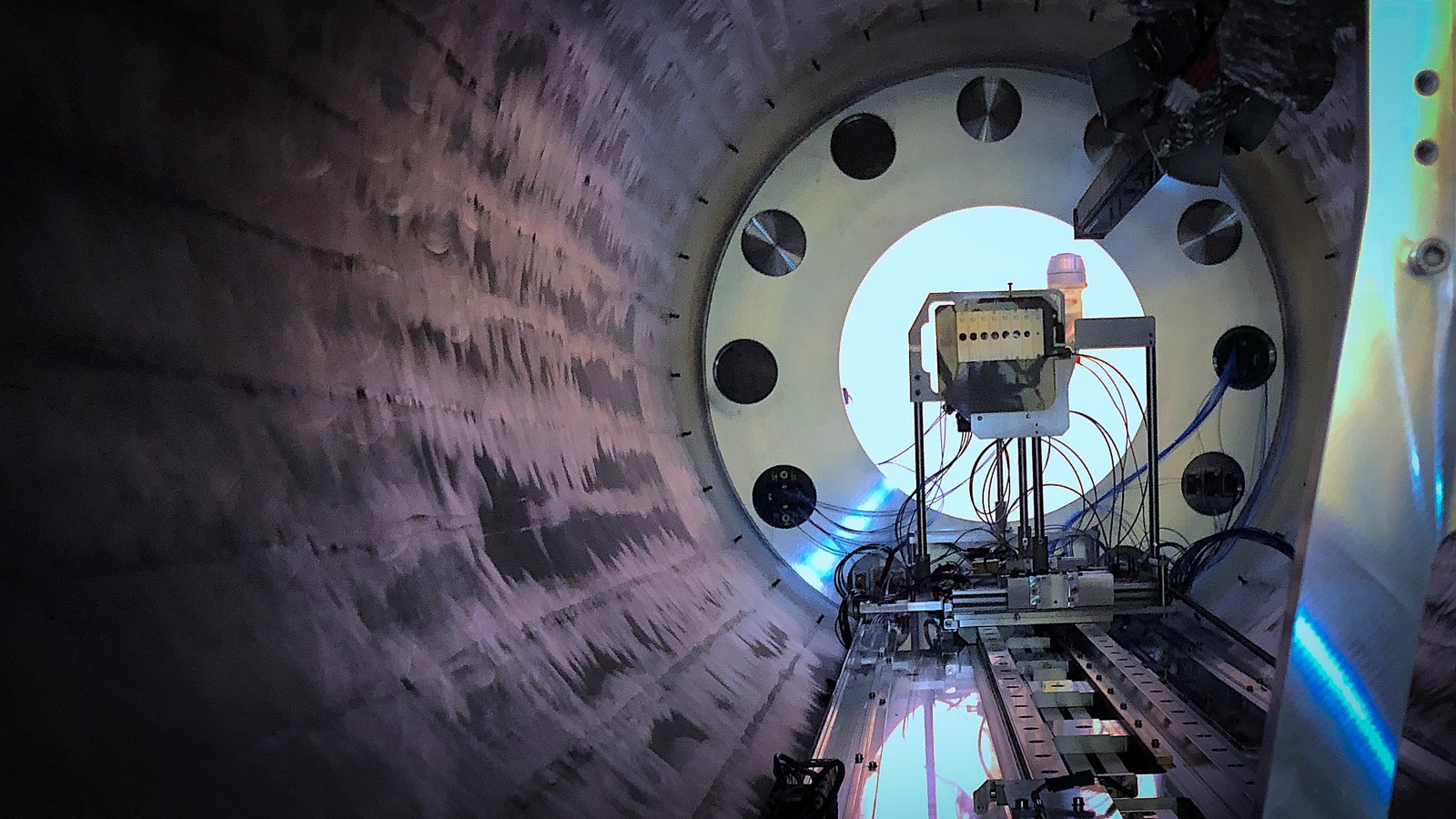
Argonne and CERN weigh in on the origin of heavy elements
Nuclear physicists from Argonne National Laboratory led an international physics experiment conducted at CERN that utilizes novel techniques developed at Argonne to study the nature and origin of heavy elements in the universe.
New explanation for sudden heat collapses in plasmas can help create fusion energy
Scientists seeking to bring the fusion that powers the sun and stars to Earth must deal with sawtooth instabilities — up-and-down swings in the central pressure and temperature of the plasma that fuels fusion reactions, similar to the serrated blades…
Bricks can act as ‘cameras’ for characterizing past presence of radioactive materials
Researchers from North Carolina State University have developed a new technique for determining the historical location and distribution of radioactive materials, such as weapons grade plutonium. The technique may allow them to use common building materials, such as bricks, as…
Sandia initiatives to protect US energy grid and nuclear weapons systems
ALBUQUERQUE, N.M. — To deter attempts to disable U.S. electrical utilities and to defend U.S. nuclear weapon systems from evolving technological threats, Sandia National Laboratories has begun two multiyear initiatives to strengthen U.S. responses. Power Grid One is focused on…
Researchers observe ultrafast processes of single molecules for the first time
Markus Koch, head of the research group Femtosecond Dynamics at the Institute of Experimental Physics at TU Graz, and his team develop new methods for time-resolved femtosecond laser spectroscopy to investigate ultrafast processes in molecular systems. In 2018 the group…
Researchers detail how antineutrino detectors could aid nuclear nonproliferation
Patrick Huber, a professor in the Virginia Tech Department of Physics, has co-authored an article that describes the potential uses and limitations of antineutrino detectors for nuclear security applications related to reactor, spent fuel, and explosion monitoring. The article appears…
A landmark plan for realizing fusion energy and advancing plasma science
Creating and controlling on Earth the fusion energy that powers the sun and stars is a key goal of scientists around the world. Production of this safe, clean and limitless energy could generate electricity for all humanity, and the possibility…
Radiation damage spreads among close neighbors
A single soft x-ray can destroy a protein-sized molecule
Radiation damage spreads among close neighbors
A single soft x-ray can destroy a protein-sized molecule
Permanent magnets stronger than those on refrigerator could be a solution for delivering fusion energy
Permanent magnets akin to those used on refrigerators could speed the development of fusion energy – the same energy produced by the sun and stars. In principle, such magnets can greatly simplify the design and production of twisty fusion facilities…
Engineers crack 58-year-old puzzle on way to quantum breakthrough
A happy accident in the laboratory has led to a breakthrough discovery that not only solved a problem that stood for more than half a century, but has major implications for the development of quantum computers and sensors. In a…
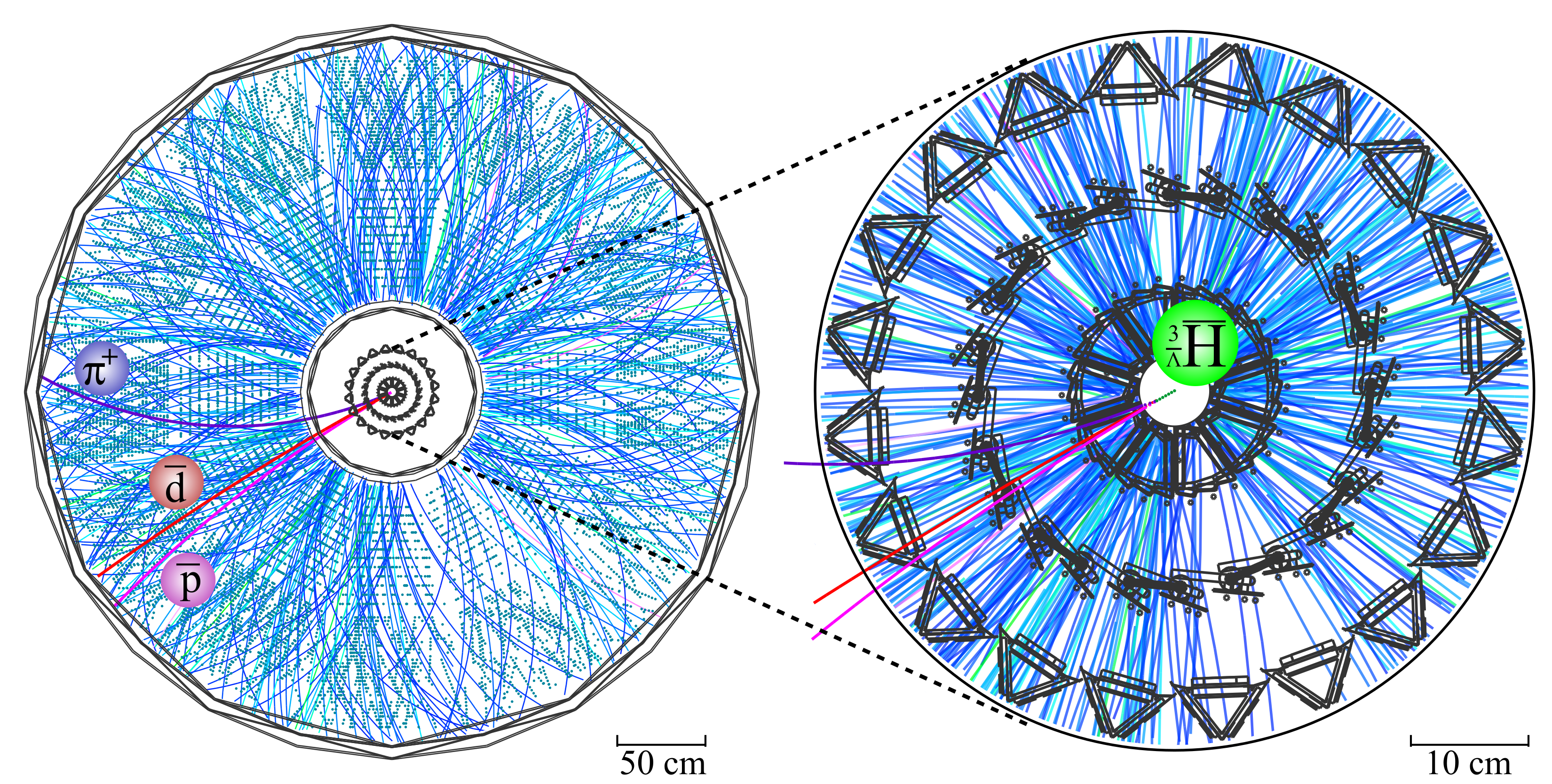
‘Strange’ Glimpse into Neutron Stars and Symmetry Violation
New results from precision particle detectors at the Relativistic Heavy Ion Collider (RHIC) offer a fresh glimpse of the particle interactions that take place in the cores of neutron stars and give nuclear physicists a new way to search for violations of fundamental symmetries in the universe.
‘Strange’ glimpse into neutron stars and symmetry violation
RHIC measurements of ‘hypertriton’ and ‘antihypertriton’ binding energy and mass explore strange-matter interactions and test for ‘CPT’ violation
A joint venture at the nanoscale
Scientists at Argonne National Laboratory report fabricating and testing a superconducting nanowire device applicable to high-speed photon counting. This pivotal invention will allow nuclear physics experiments that were previously thought impossible.
Scientists shed light on mystery of dark matter
Scientists have identified a sub-atomic particle that could have formed the ‘dark matter’ in the Universe during the Big Bang
The flagship of the International Winter School 2020 is the ‘Two Capitals’ joint course
The ‘Two Capitals’ joint course of SPbPU and RUDN